Fujifilm's refreshed X-T5 has much of the same hardware seen in its X-H2 camera but while that one focuses on video, this one is all about the still shot. It'll do some of the motion stuff, and do it well, but the company has decided to specialise and the camera is the better for it. Serious amateurs and actual professionals will be pleased with what the X-T5 can do for them.
-
Design
-
Features
-
Battery
-
Performance
-
Value
Hang around the Stuff offices for any length of time and you’ll learn that we’ve got loads of time for Fuji’s X-T series. The Fujifilm X-T5 is no different. It’s the camera used to perform most of Stuff‘s photography (except in the case of this review, because we’ve yet to figure out how to make a camera take its own photo without involving a mirror). There’s a reason for that and it’s not just “because we have one in the office”.
Honestly, it’s in action so often that it barely has time to cool down. It’s a good thing that the retro stylings of Fuji’s snapper were very cool to begin with. It bloody better be. Any camera that starts at more than R27,000 has some justifying to do if you’re expected to opt for that figure over something that costs ten grand or less. Happily, you get more than you paid for here.
Metal head
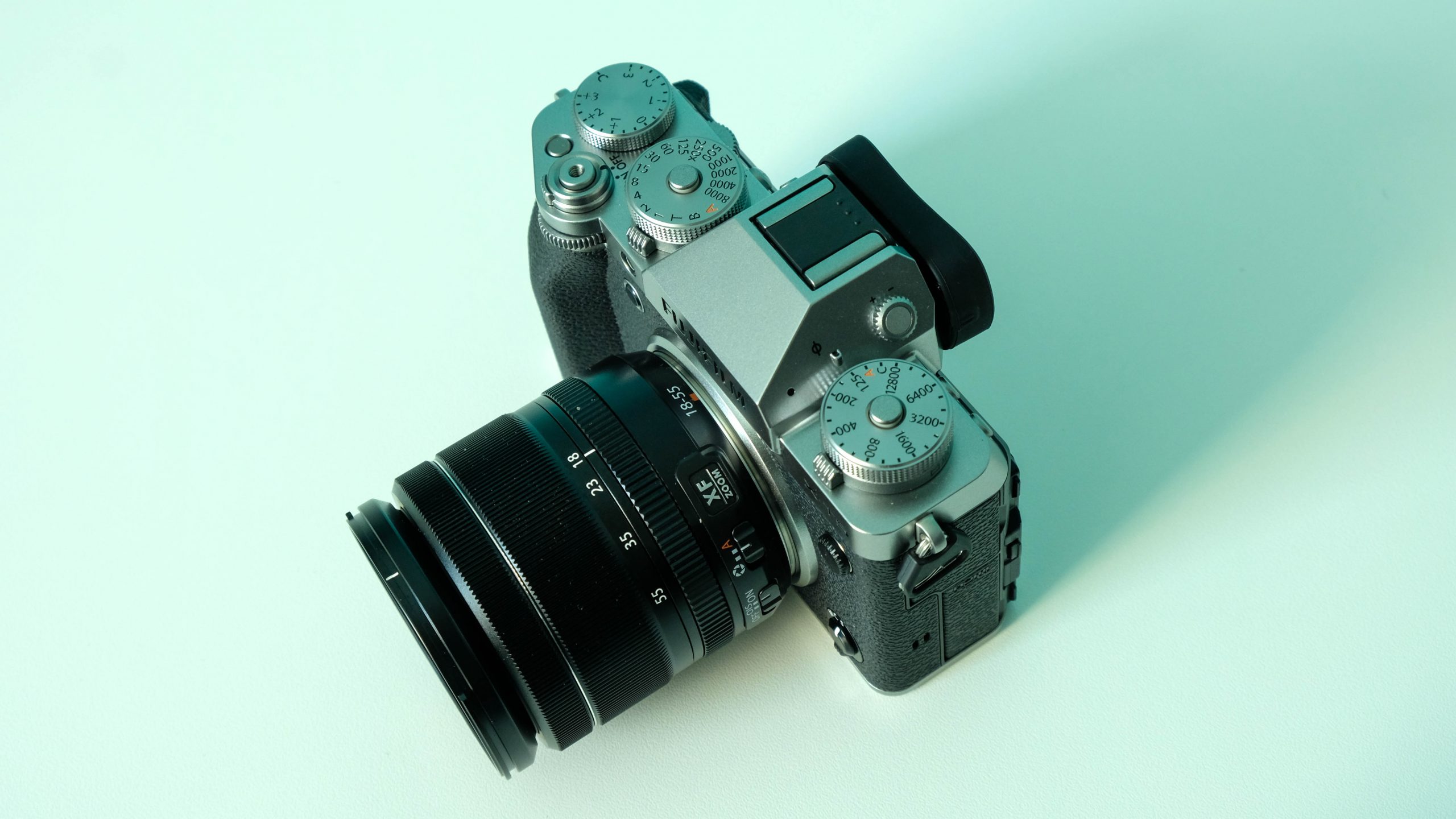
Fuji has done a few interesting things with its camera designs of late, chief of which is stripping back the number of manual controls in some models. That’s not the case with this compact system camera, for which we’re extremely grateful. A full set of knobs and dials within easy reach of questing fingers while you stare down the OLED electronic viewfinder.
You can perform the same task while lining up your shots from odd angles thanks to the 3in touchscreen. Fuji has opted for a three-axis design, making it better suited for stills rather than video. The Fuji X-T4 used a vari-angle screen that positioned it on vloggers’ radars but it turns out that more actual photographers like Fuji’s X-T lineup. Hence the return to what worked before.
The camera’s compact metal body, suitably armoured in a grippy rubber, is assuringly solid. Fuji’s gone and weatherproofed the thing, giving you options when it comes to inclement weather, but you’re likely to be using the X-T5 in less trying settings than a monsoon or blizzard.
Shooting range
There’s a 40.2MP sensor and one of Fuji’s X-Processor 5 image processors inside the X-T5. That might sound like a familiar setup but that’s just because the Fujifilm X-H2 uses identical internal hardware. If you’re a video fanatic and don’t have the tactile need to twiddle real knobs, you could opt for that setup instead. It swaps out the Fujifilm X-T5’s physical dials for more ephemeral controls and a larger buffer. The X-T5 is much more concerned with stills, with its dual SD card slots optimised for RAW bursts of up to 19 shots.
Plenty is possible without cracking the camera open, either. If you lack a second battery — and you might well get away with that, since it’ll outlast about 700 frames in the more basic shooting modes — you’re able to top up the battery with a USB-C cable and a decent battery booster of the sort most South Africans now own. See, load shedding hasn’t been completely useless.
There’s a mini-HDMI alongside the USB-C charge port, which has numerous uses. These include a video passthrough mode that allows you to use the Fujifilm X-T5 as a very expensive webcam. Maybe you’re a frequent remote guest on a TV show or are a seriously stripped-down YouTube creator. Using that 40.2MP sensor to look your best on your platform is a sensible idea, from a business perspective.
Stay still
As mentioned several times so far, performance has been optimised for still photography. You’ll still squeeze some excellent video from the Fujifilm X-T5 but you’ll have to be content with a maximum of 6K footage. If you’re keen on a minimum of 60fps, 4K is the X-T5’s limit. For 8K video, the X-H2 is your guy. This fellow is more concerned with capturing single slices of time in as artistic a manner as you’re capable of.
To that end, users have access to mechanical bursts of up to fifteen shots per second or up to twenty if they’re using the electronic shutter. Autofocus is speedy enough to keep up when tracking your object at that speed and there are plenty of internal smarts that offer focus options for various common objects. The only drawback there is that you’ll have to preselect your target. It won’t switch from animals to aircraft unless you tell it to. That speaks to the manual elements of photography that Fuji is favouring here.
Shots are almost uniformly excellent. The high megapixel count provides editing headroom while inbuilt image stabilization and dynamic range offer clear, detailed images regardless of when or where you’re shooting. Colour reproduction is vibrant and noise is kept to a minimum. There’s obviously a limit to this latter point but you’ll be surprised at how long it takes to get to that point.
Fujifilm X-T5 verdict
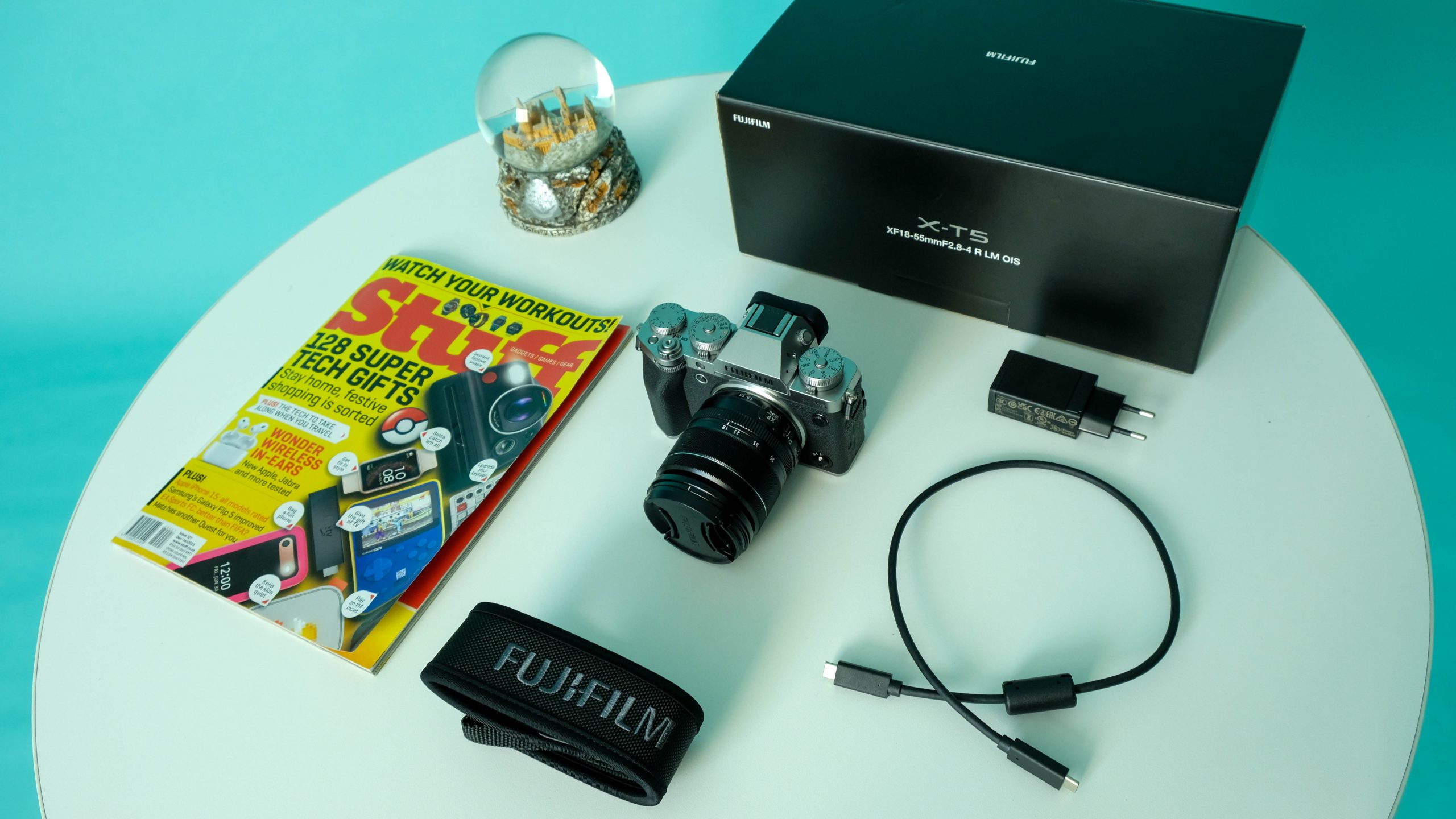
Speedy, accurate autofocus, a range of features including built-in filters, in case you want to use your R30,000 CSC like Instagram’s in-app camera, and an emphasis on really attractive still shots are the main highlights of the Fujifilm X-T5. It’s no one-trick pony, however, since it’ll handle video just fine unless you’re feeling especially demanding. For the average-to-advanced photographer, Fuji’s camera is all that’s required for most uses.
You’ll get better results from something like the Fujifilm GFX 100 II but if you’re qualified to use that thing, you’ll probably squeeze some amazing shots out of the X-T5 as well. Anyone willing to learn and then later exploit the details controls that Fujifilm is placing under their fingers will find themselves producing shots and even video beyond what was possible for them before. Of course, if you’ve used one of the X-T series from the company before, you already know this.

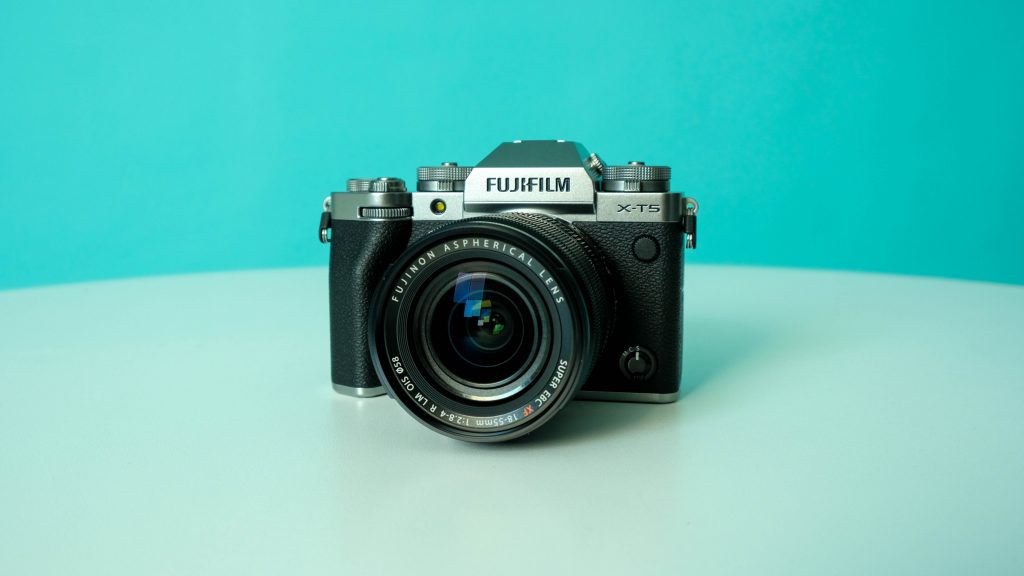
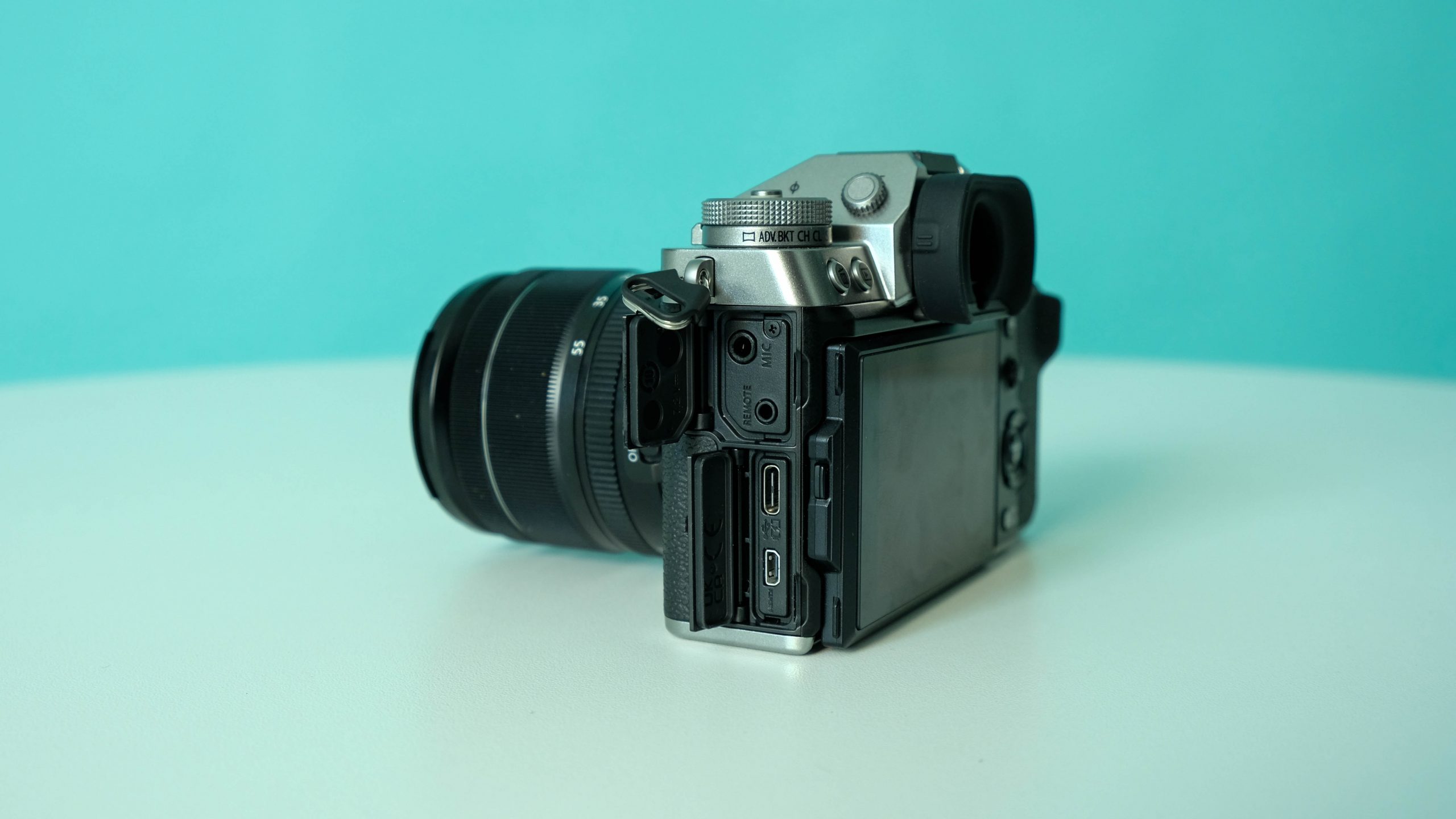
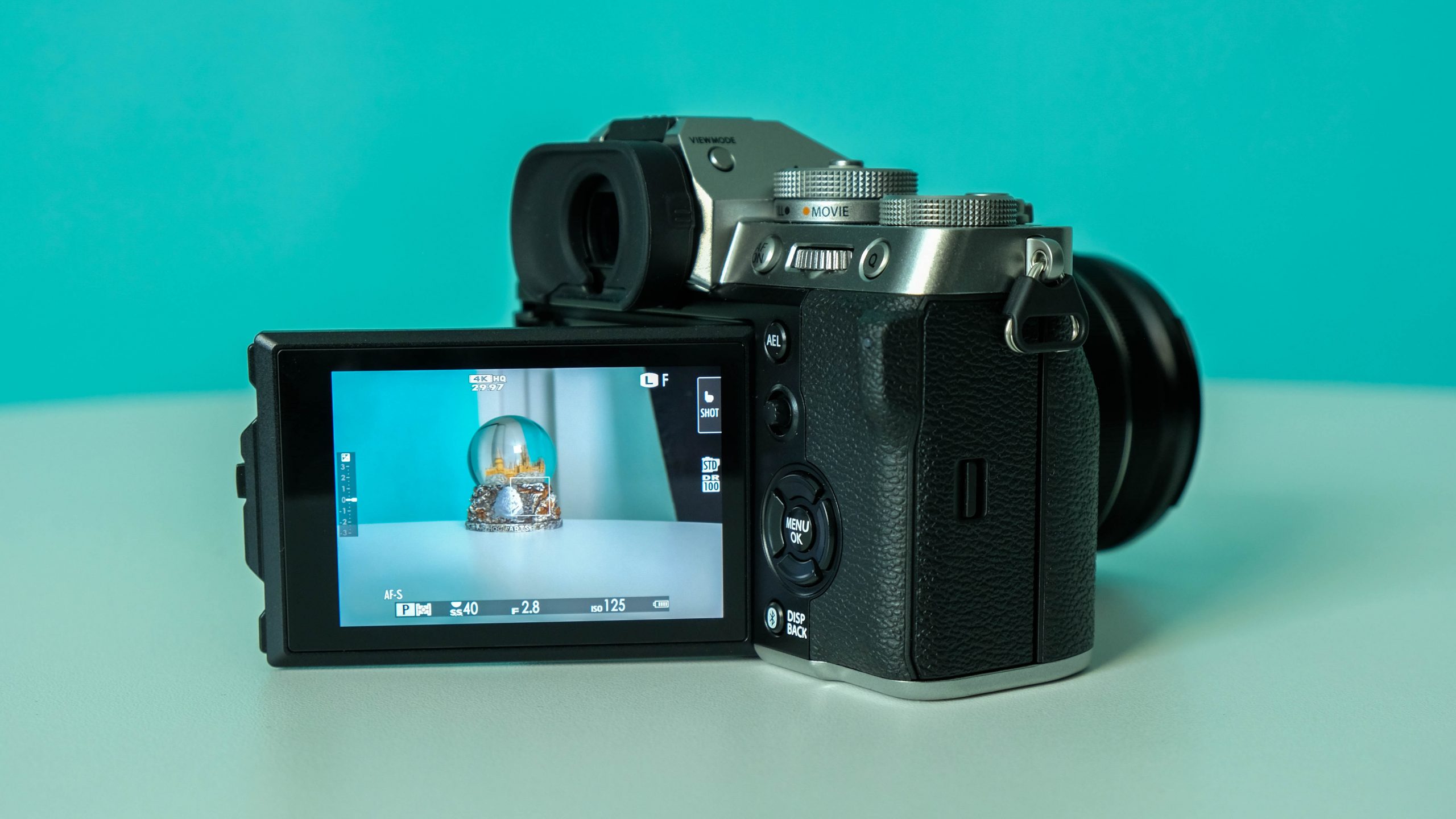
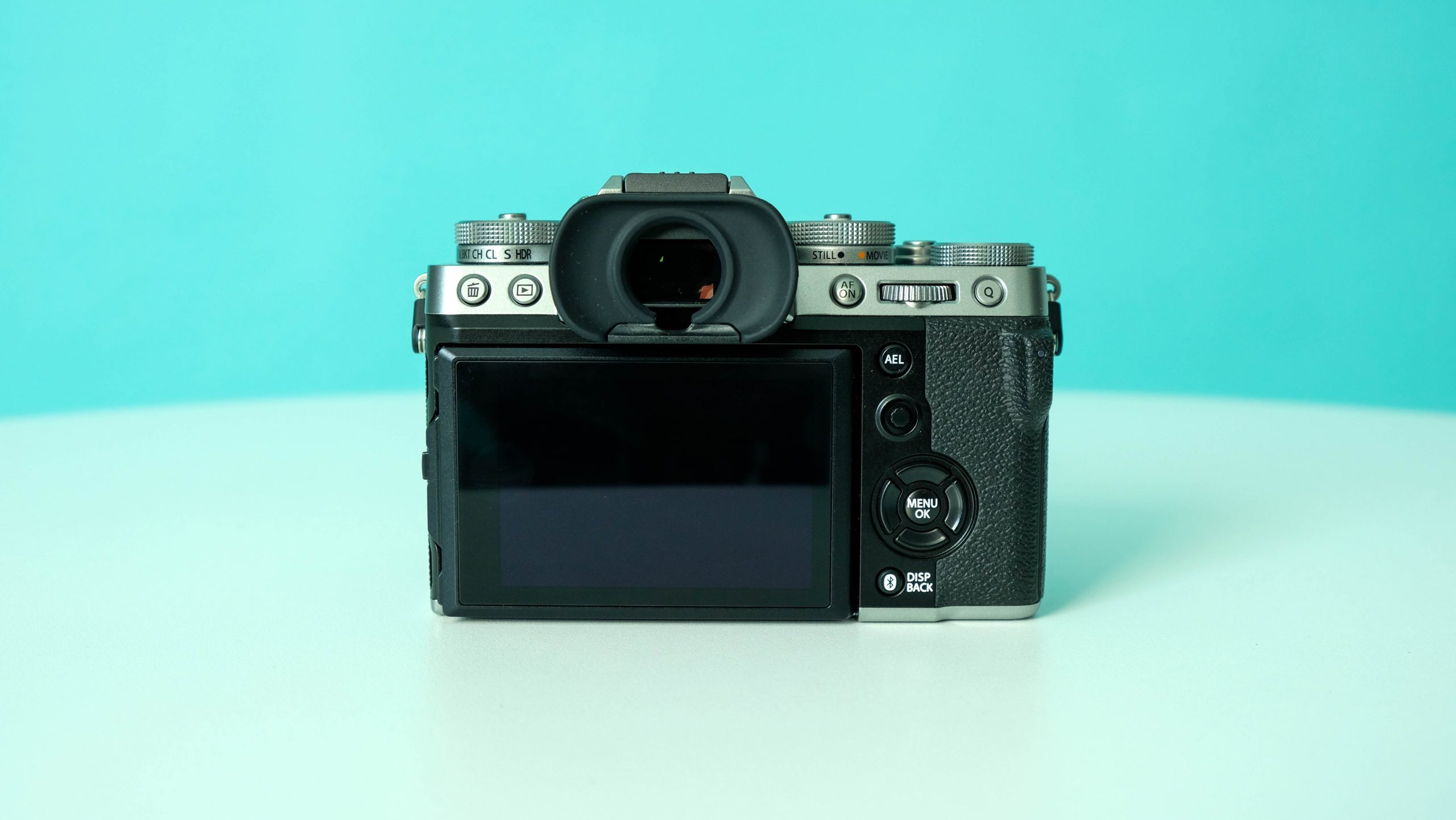
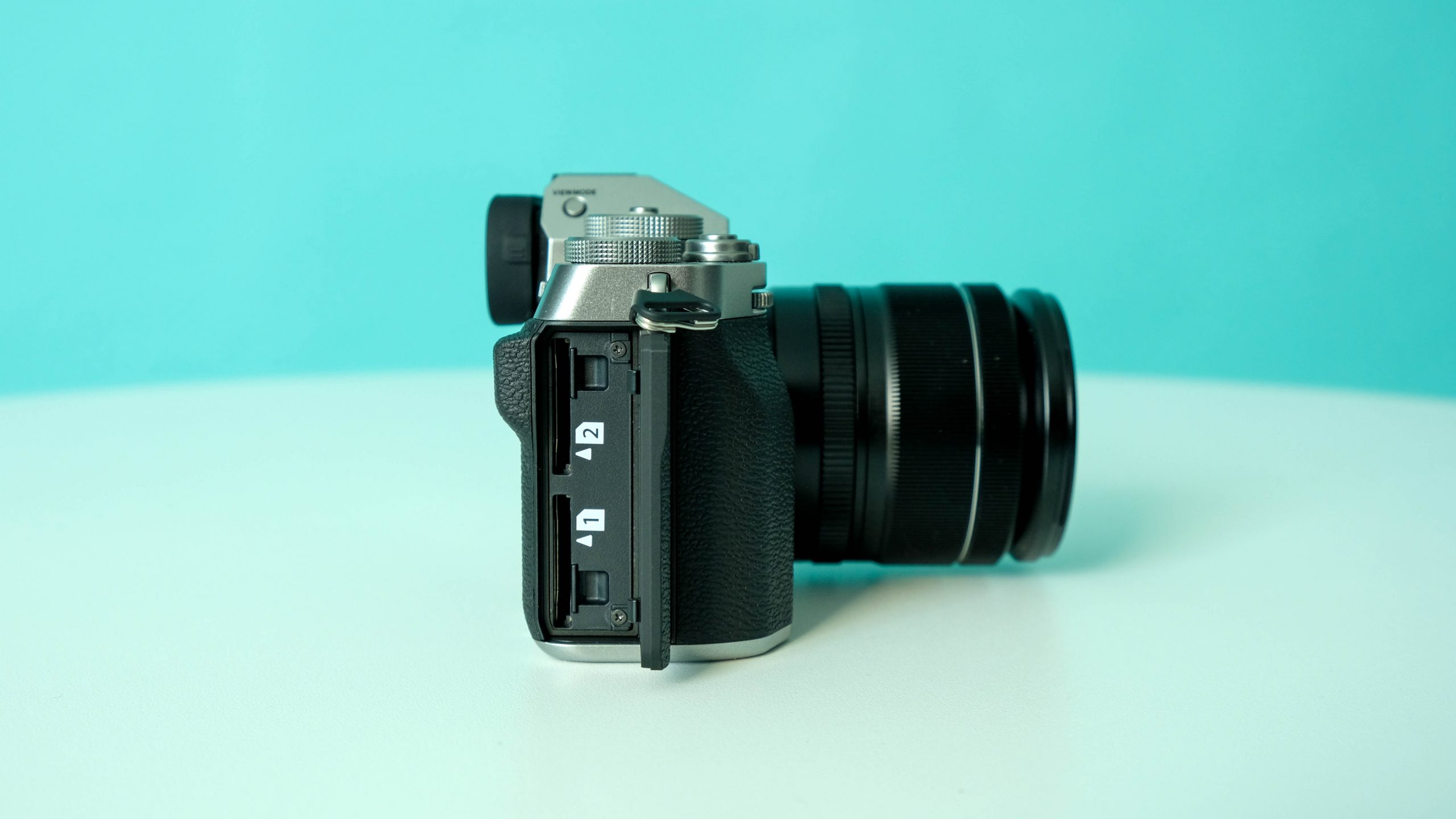



2 Comments
Give this author a raise—this was such a well-written article. Not only informative but enjoyable to read.
Fabulous review as I’m on the verge of purchasing this. After much research the X-T5 is a go. Thanks